In the last year I’ve packed up to move from one coast to another, unpacked, packed again and am finally, officially unpacking and settling in, not only to my home, but into the fabric shop I am opening in Kingston, NY. Everything is new (and slightly scary) but in this newness (and fear), there is a feeling of dreams-coming-to-fruition. I’ve accumulated so much inspiration, knowledge and skill over the last two decades and it’s nice to finally be in a grounded environment and put this all to use, while adjusting to a new area and home. So that being said, you’ll notice lots of newness around here. Namely, a collection of spring patterns and a brand refresh!
I’ll speak more towards the rebrand in next month’s Loose Leaf, but the intention was updating Daughter Judy to a visual space that spoke more to who I am now while simultaneously creating a stronger brand identity to build on for the future. As any entrepreneurial creative, I have many irons in the fire and ideas for expansion. I wanted these forthcoming plans to feel more cohesive as they grow, so here we are; new logo, new colors, new fonts, new photos but same great design-lead patterns that can serve to level up both your wardrobe and sewing jargon.
/ THE PATTERNS
First up is your new favorite staple, the Henry Skirt. I’ve had this on the “to design” list since the beginning. As someone who eats, sleeps and breathes pants, I’ve spoken in the past about wanting to give skirts more of a chance. The Henry is a minimal tubular design with seams only at the center front and center back featuring darts around the sides for shaping (or one could remove them for less shaping). The elegance of no side seams allows for an intriguing construction; it’s a wrap skirt which isn’t fashioned like a sarong, rather you step into the Henry which is tubular. Get the easy-breezy moments that wrap skirts shine in, without the wardrobe malfunctions when you get caught off-guard by an errant breeze.
There’s a duality in the silhouette that feels inherently feminine but has the option to lean masculine through its geometry. Fabric choice really comes into play here, as with all the spring capsule patterns. Choosing a slinkier fabric will put focus to the silhouette’s drape and how that relates to the wearer’s body. But a more structured textile can gesture towards “workwear” and show off the structure of the skirt along with your fine topstitching skills. This makes the Henry a true wardrobe staple; imagine taking this skirt beyond spring into a nearly sheer summer fabric, a more structured version for fall (denim obvs.) and even wool for winter.
Speaking of more structured fabrics for this pattern, I’ve already gotten questions around adding pockets to the Henry. I will caution that the silhouette is quite hip skimming. Heavier fabrics could handle the hack but you’ll still likely see some bulk with the added pocket bags. I do however love the idea of a matching tie-on pocket, very 18th century modern.
Next we have the Fort Dress that is a secret two-in-one. Similarly to the Teague Dress, it was designed to look like two pieces when it’s actually just one. Again I think in my love for pants, which visually break my waistline, I was looking for a dress that felt like woven separates. The top is attached at the back and the front top tucks into the skirt as it’s wrapped. It feels almost like a fancy robe with wide sleeves that were built for rolling (read : super clean finishing on the inside).
The Fort can also lean slightly workwear feeling with topstitching and a wide back yoke and like the Henry Skirt, it can handle structured fabrics. Fabric selection will also determine what size you choose across the top and bottom. This was built for mid weight fabrics but if you go heavier you could try sizing down so the back shirring at the waist doesn’t get too bulky.
Then we have a modern day grandpa cardigan. Around August each year I like to put up a question box asking what patterns you all are craving and cardigans were the top wants next to mid rise jeans (…incoming…). I love a beefy cardigan. If I’m in need of a layer like this, I want it to feel substantial, not thin because most likely I’m still cold. We all get to a point towards the end of winter when we are bored of sweatshirts, tired of knit sweaters and we just want something warm, but interesting to wear.
This was exactly the niche I had in mind for the Pace Cardigan of which I thought a lot about suitable fabrics here. Sturdy with some sponge is the way to go; boiled wool, heavy french terry, double face knits, mohair, etc. It’s meant to be thick and substantial (and hopefully won’t break too many needles).
I love the construction on this one too because I added a lot of subtle jacket making easing. The back shoulder eases into the front helping with the roundness of our upper backs and the back sleeve eases into the front sleeve for more articulation. The shaping through seam lines allow the overall piece to hold its structure and the garment has a sculptural feel to it, making it fun to wear and layer with through the back and forth of spring temperatures.
The Daughter Judy patterns rarely fall into inspiration-specific niches, meaning the patterns can be made in all sorts of fabrics and worn by tons of different personas, so it’s hard to sum the character vibe of this spring collection up. But there is something inherently liberal arts school librarian about these pieces. An unknowingly cool woman at Bryn Mawr getting an MLIS. She has a nonchalant, studious vibe but her style stands firmly in the modern era. She’s also most definitely suffering through 3rd winter right now in Pennsylvania, so although the skirt and dress are staples of her wardrobe, the Pace Cardigan is also very much reached for when she’s headed out the door.
I think what makes these patterns so effortless is their adjacency to simpler silhouettes. We are all acquainted with wrap skirts and dresses, as well as cardigans. These shapes have been around for decades and we have likely owned and loved each of them before. The spring capsule pieces are familiar in their timeless simplicity but all feature twists that make them fresher, newer, more intentional (when I talk about patterns being “design lead”….this is it!).
/ASK JUDY
Can the Pace be made out of a quilt?
Definitely! I wouldn’t go too high with the loft and I’d use whatever I’m using for the pocket bags for the inside of the center front placket to reduce bulk in those seam and the back neck vee.
Could the Pace have buttons? Or at least one button? I’m always cold! / Ideas for what would look best as a front closure for the Pace? One button? Hook?
Yes to all the above. I left buttons off because I’m recommending heavier fabric that in my experience with home sewing machines, don’t love getting buttonholes. However if you go with a lighter fabric it’s possible but always test! I like the idea of magnetic snaps or large sew on snaps that keep the outer placket clean.
For the Pace could knit stay tape work instead of interfacing in some areas?
Stay tape is a great alternative and great for keeping things lighter. Most of the recommended fabrics can get away with just stay tape and interfacing is always optional. There’s also a note in Step 13 about adding it to the shoulders for better security. Gravity and hangers will cause shoulder seams to grow so it’s a great savior in those areas!
Is the Stage Brief different from the one on Substack?
No it’s the exact same pattern from before now available to all! Highly recommend the Valencia Organic Cotton Jersey from Lyrical, comes in a bunch of colors.
Could the Henry be done in a knit fabric?
Yes but it should have no stretch fiber (lycra, spandex, elastane) and be a tighter knit. Nothing too loose.
Which are beginner-friendly patterns, or intermediate ones, any skills to know before hand?
I think the Henry leans most beginner friendly of all 3. The few things to test (because we’re always testing techniques on scrap fabric….right?) would be pressing seam allowance edges accurately. To really level up your sewing here, you could consider getting a metal ruler, as well as a chalk roller (finer and more detailed than tailors chalk) to mark and line up those dart legs perfectly. Edge stitching done with an offset foot will also allow you to accessibly practice precision and provide a ton of satisfaction!
How long does it take to sew the garments?
From shortest sew time to longest it would be Henry, Fort then Pace. Henry can be done in maybe 2 hours, the Fort in 4 depending on your finishings and the Pace took me 7 or 8. I went with the full internal binding and took my time because I wanted the sample later and for it to be absolutely pristine.
Best fabrics to use?
Henry - this is definitely one of those chameleon patterns that can handle a buffet of fabrics. I’m itching for a denim version in something heavier like 11/12oz. I also have a short version I’m thinking about in something drippier like challis or even a silk, maybe cut on the bias?
Fort - this style works best in semi flexible mid weight wovens like linen. The sample in the photos was made in a 6oz/200gsm linen that’s perfect. The more stable, the better because you’ll get the structure of the pleats and gathering. Linen is such an ideal textile for its mix of structure and softness. It will hold the form provided by the pleats and gathering, while also showing off the drape of the asymmetrical skirt line.
Pace - this was specifically designed to be sewn in boiled wool because I was personally wanting a warm and structured easy-going yet stable cardigan. Mid to heavy knits or flexible wovens are great here. You want something that’s not to drippy or drape-y, something that will hold it’s shape so nothing with too open a weave.
[In resewing all the product I pulled as much as I could from existing vendors and listed them in the Size & Fit tab on the website product pages!]
/ACCESSORIES
Along with the three new spring patterns, we are also welcoming the Kiki Weekender and Stage Briefs to the Daughter Judy website after being Substack subscriber exclusives over the last year. You can read more about both here and here and now they are available for anyone who needs an undie drawer refresh (technically it should be switched every 6 months but who’s really doing that) or a huge bag for when the farmer’s markets open back up!
Next week in The Lab we will get more technical about each pattern and I will answer your questions such as; adjusting the neckline of the Fort for more coverage, how to go about getting the waist facing to match the skirt when making size changes, how the plus size gets drafted vs the straight size and how to make the Fort more short sleeved.
Plus lots of other tips and tricks on size adjustments and hacking.
Coming Up….
The Lab : April 25th, Getting technical with the Spring capsule
Extracurricular : April 30th, Our monthly creative palette cleanser
Loose Leaf : May 6th, All about the rebrand


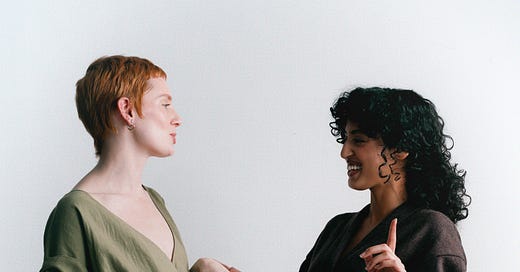




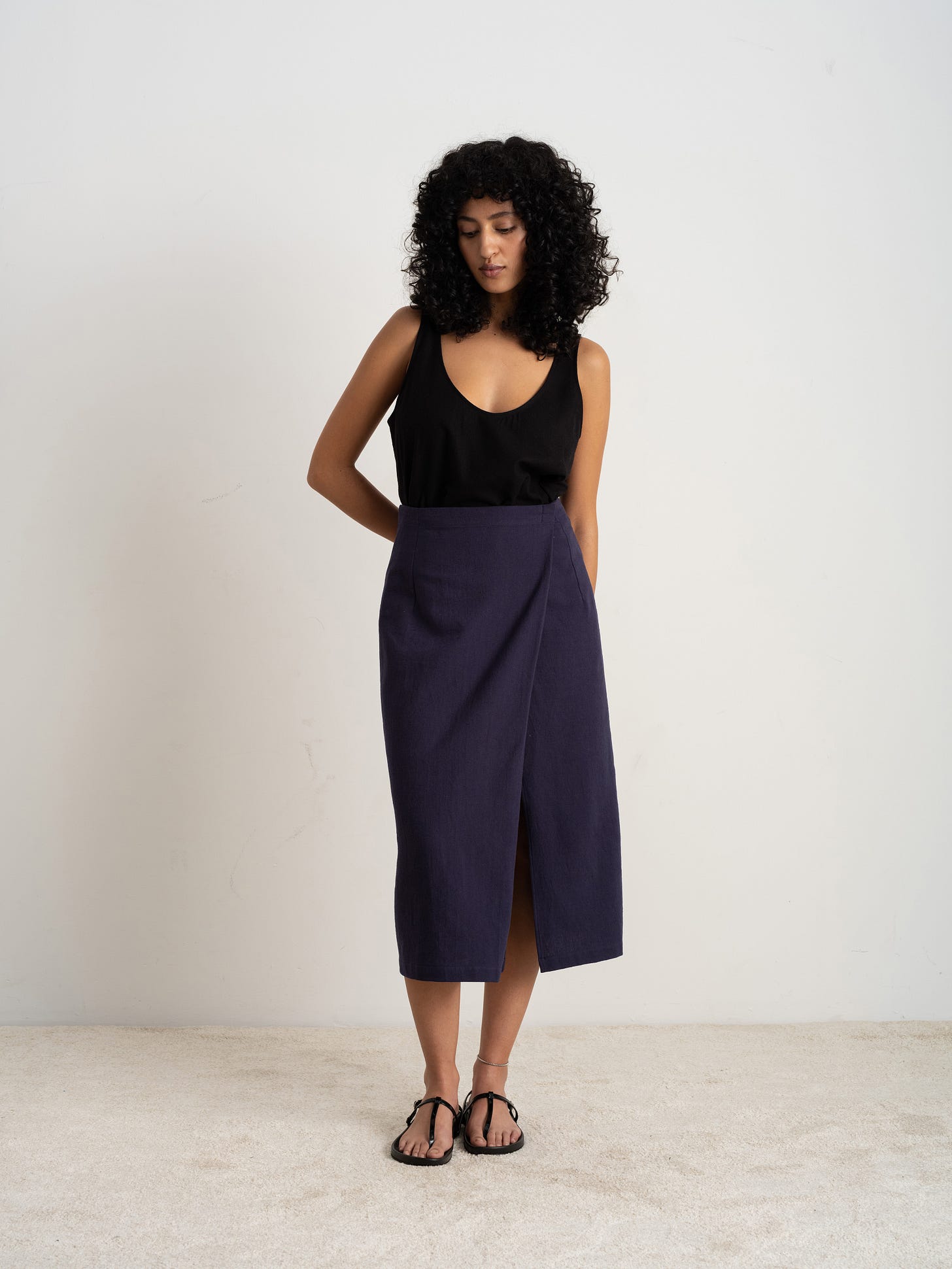
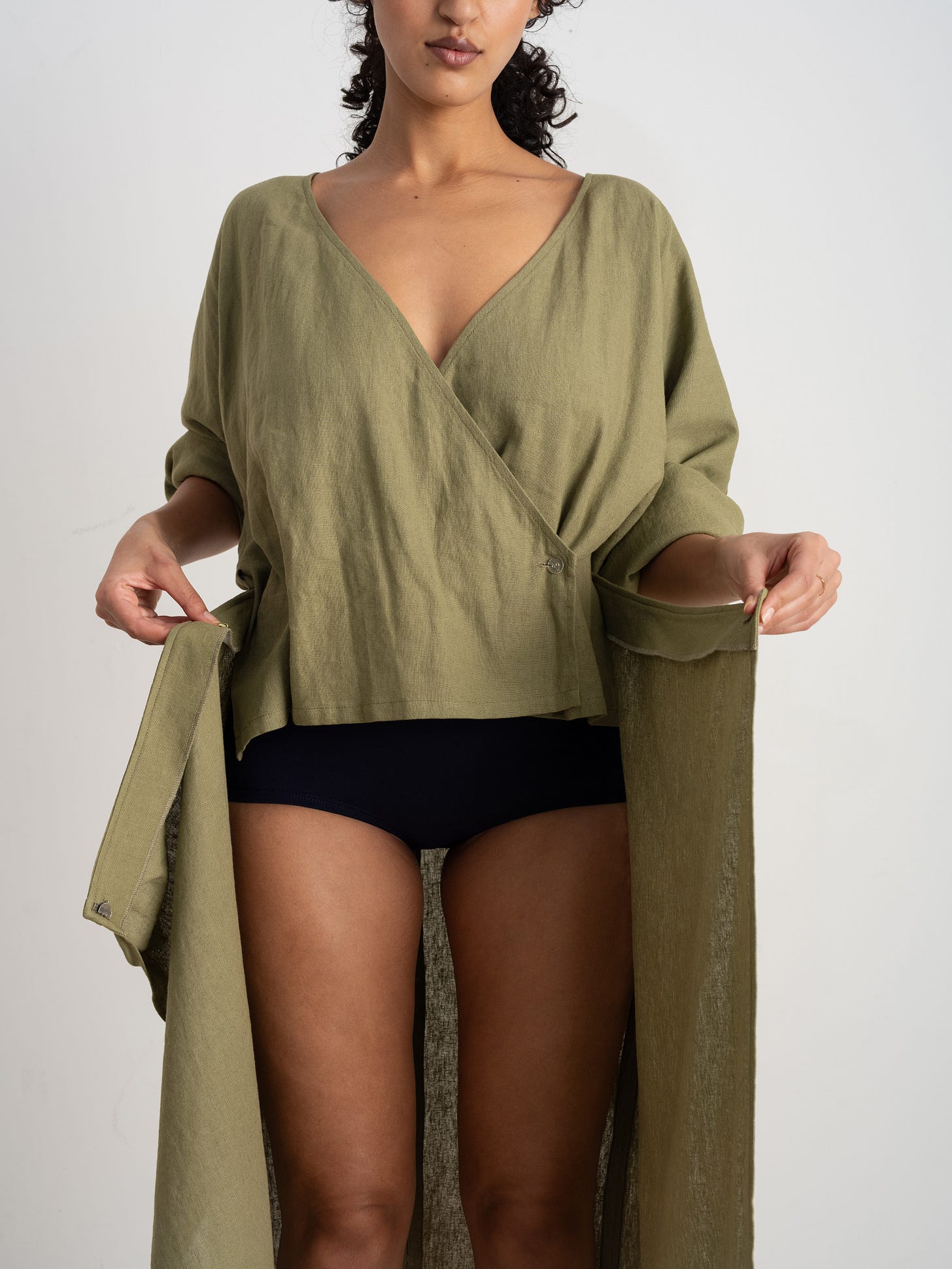
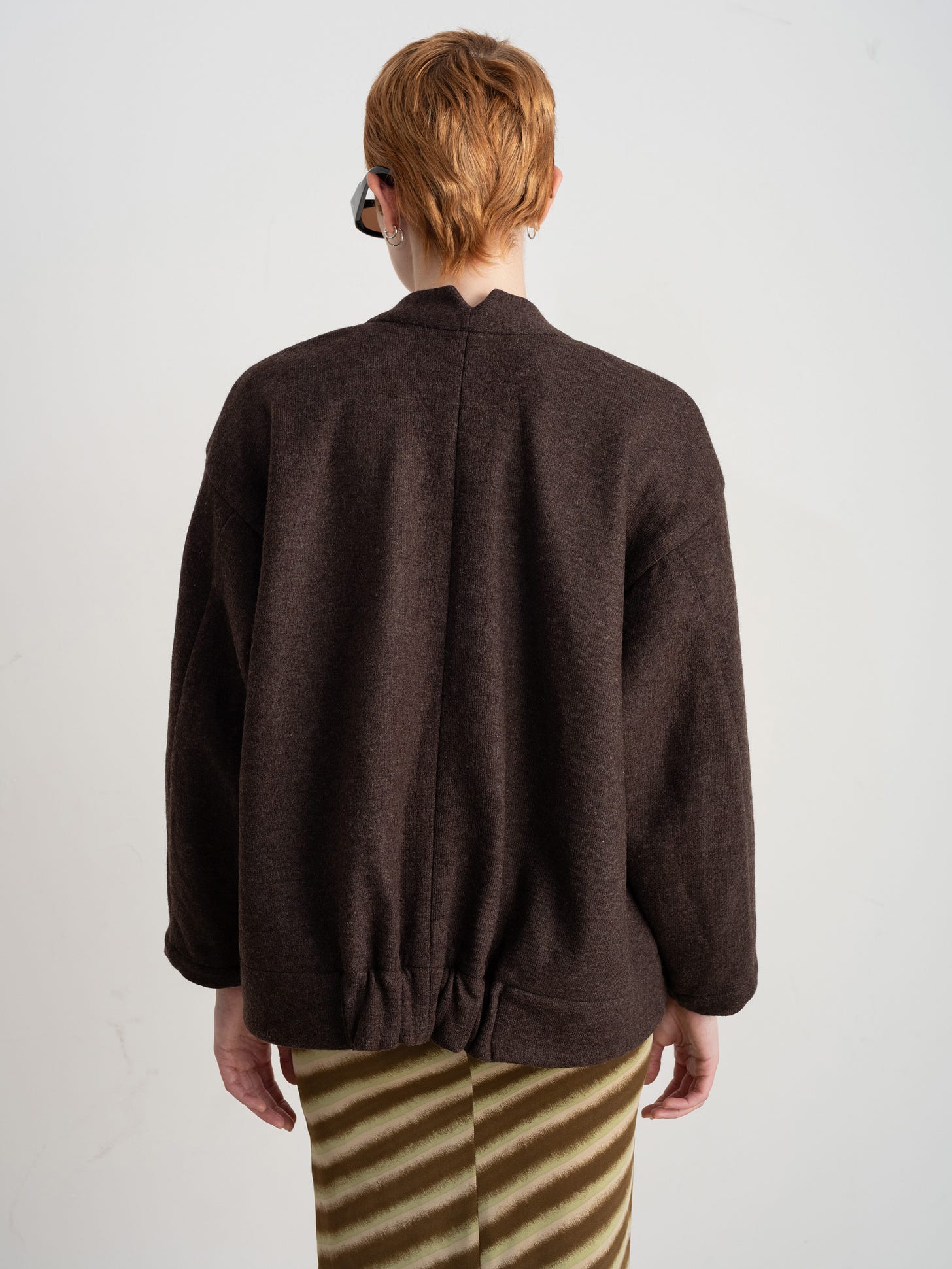
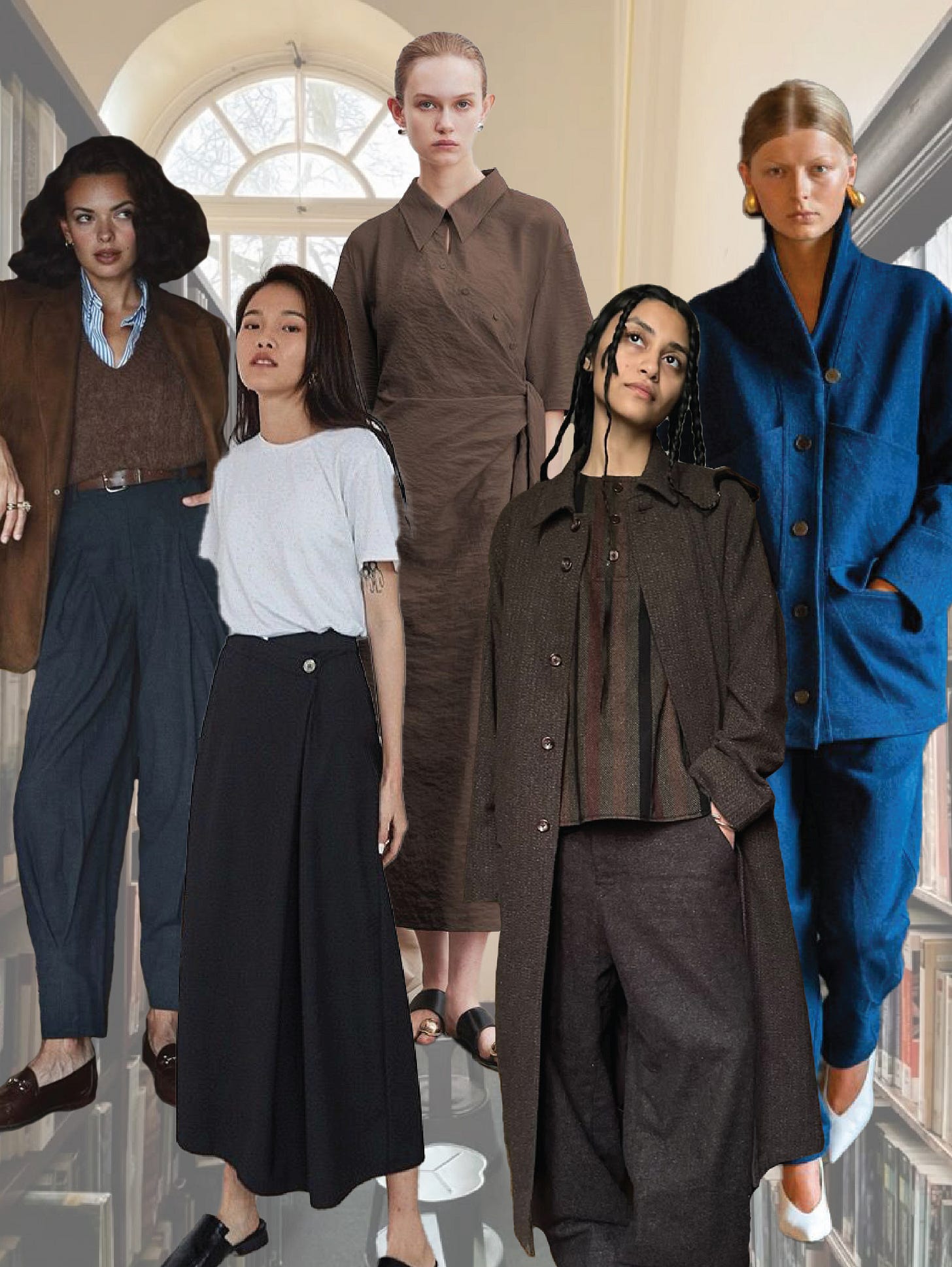
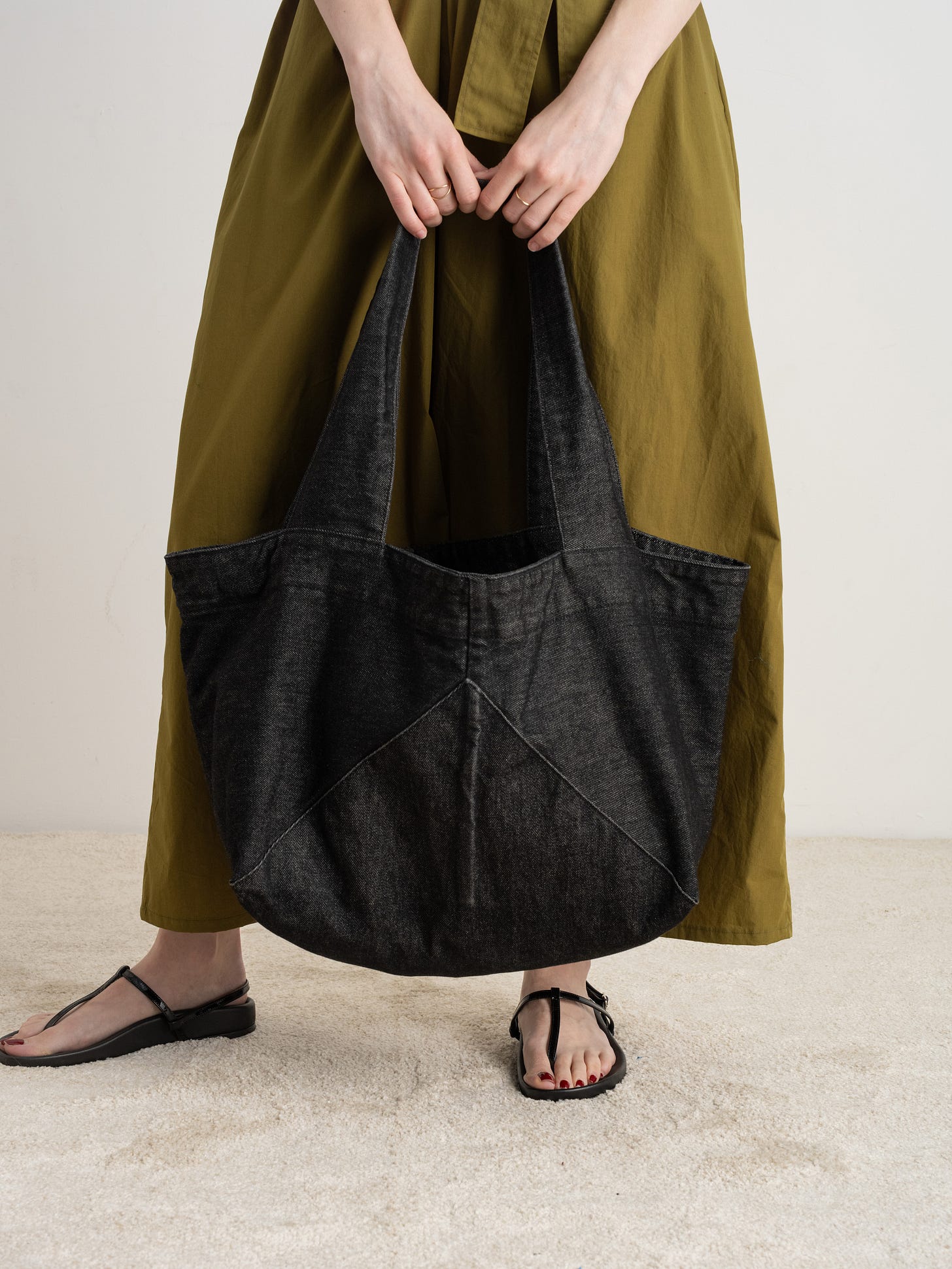
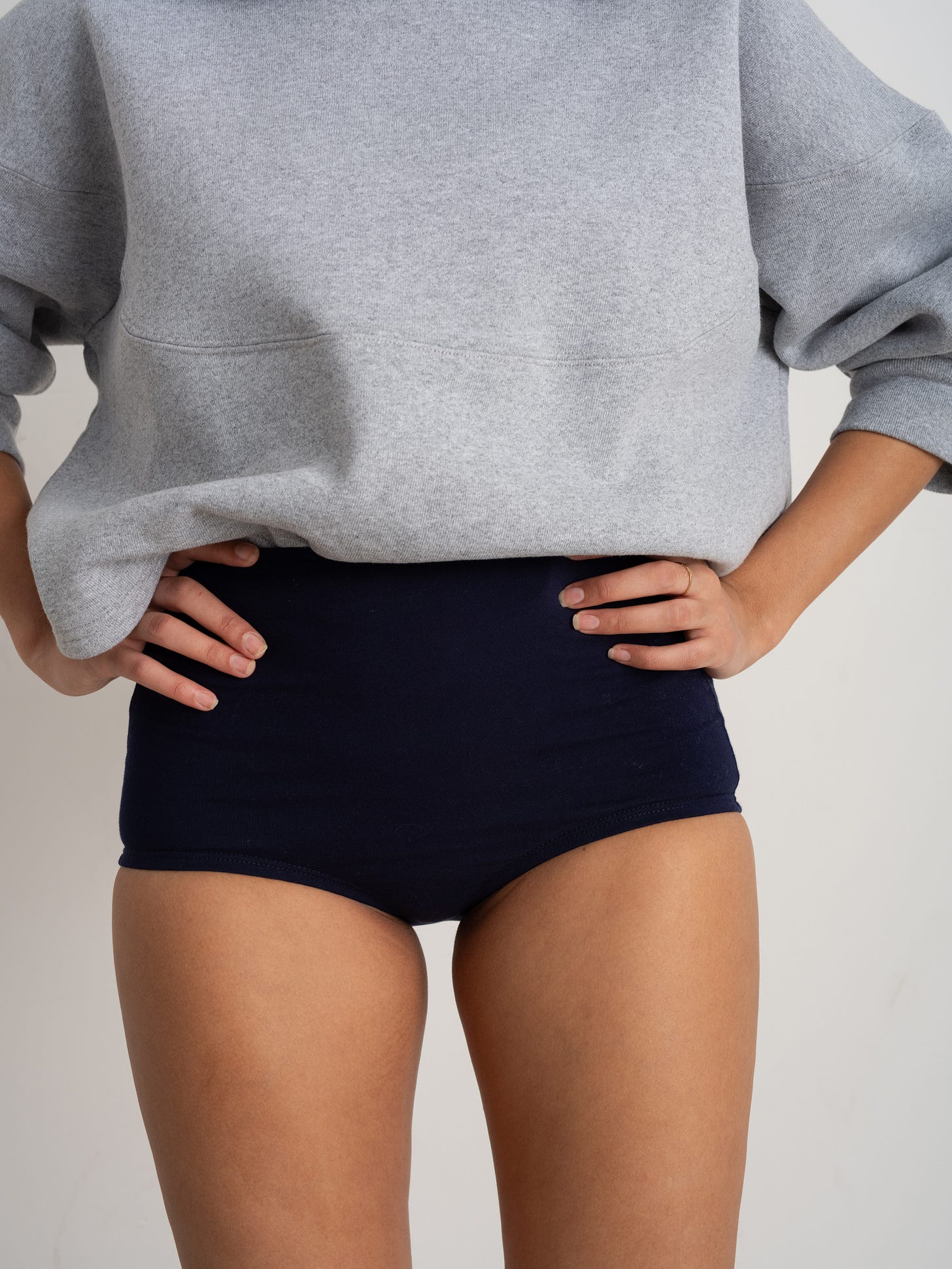
Hi Chelsea! Congrats on the rebrand and I’m excited to see these patterns, particularly the Henry and the Fort. A question about Henry. It says “tubular”, but I’m curious if it is more an A shape. Basically: I ride a bike everyday of my life. If I can’t ride a bike in it then I know won’t wear it. Then again, I guess I could always make the slit bigger!
The refresh looks amazing! I can’t find the Grant Coat on the site any more- has it retired? Or is it just being updated with new photography etc? It’s on my to sew list!!